Smog in Beijing expected to stick around
Updated: 2014-03-25 08:31
By Zheng Xin (China Daily)
|
||||||||
Smog that has shrouded the Chinese capital since Sunday might persist for a few days, the Beijing Environmental Protection Bureau said on Monday.
Because of the low-pressure system in the atmosphere, the smog, which came on Sunday and worsened on Monday, is likely to persist until Thursday, as weather patterns will not help disperse it, said Xiang Kaiyue of the bureau's publicity staff.
The downtown area saw a PM2.5 intensity of 258 micrograms per cubic meter around noon, while the particulate level in the southwestern part of the city soared to 288 micrograms per cubic meter, according to the Beijing Environmental Monitoring Center.
The air quality index stood at 294 by 2:30 pm, indicating serious air pollution.
The bureau suggests members of the public take measures to protect themselves, advising that children, seniors and those with heart and lung problems stay indoors and that students suspend or reduce outdoor physical exercise.
It also encouraged the public to use public transportation for trips and private vehicle drivers to shut off their engines whenever possible to reduce exhaust emissions.
The government issued a yellow smog warning on Monday afternoon to alert the public of the hazard.
It vows to conduct more inspections of construction sites, freight vehicles and outdoor coal burning to reduce emissions. No outdoor barbecues or fireworks are permitted in the city under the yellow warning.
According to Li Yunting, head of the atmosphere office of the center, the pollution will stick around for a while.
"Despite the fact that spring and summer ordinarily see less pollution compared to autumn and winter, the shift of seasons and adverse weather can also bring temperature inversions and serious pollution," she said.
"When the smog might disperse and how serious this round of smog will be needs further measurement and analysis," she said.
Statistics from the city's 35 PM2.5 monitoring stations show that the region hit least by the pollution is the Miyun Reservoir in the northeastern part of Beijing and the Great Wall at Badaling on the northwestern outskirts of the city.
The southern areas generally get the worst pollution, usually 30 percent more than the city's average.
Pollutant intensity measurements at traffic stations show 15 percent more serious pollution than average, the bureau said.
zhengxin@chinadaily.com.cn

 Grief overwhelms relatives of flight 370 victims
Grief overwhelms relatives of flight 370 victims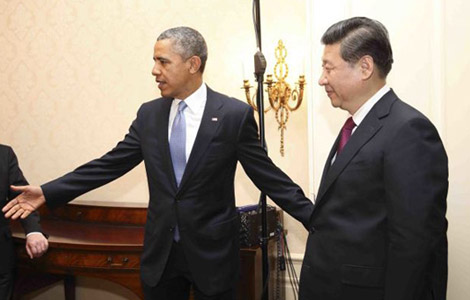
 Xi and Obama talk about family and jokes
Xi and Obama talk about family and jokes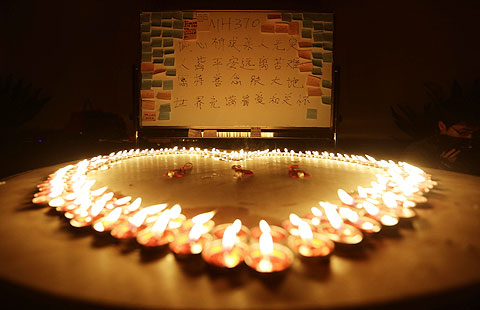
 17 days of prayers and hope
17 days of prayers and hope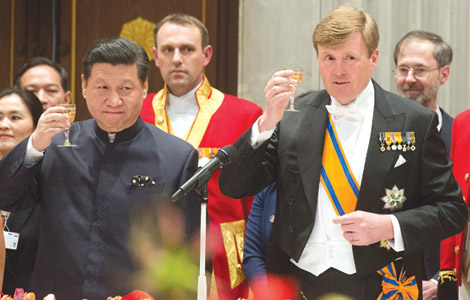
 Prosperity poised to blossom
Prosperity poised to blossom
 Chinese Consulate General in NY meets press
Chinese Consulate General in NY meets press
 China Southern will launch Guangzhou-NY service
China Southern will launch Guangzhou-NY service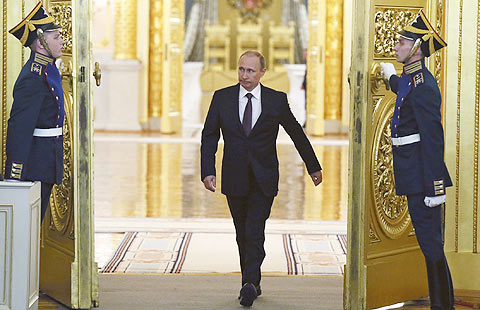
 The world in photos: March 17-23
The world in photos: March 17-23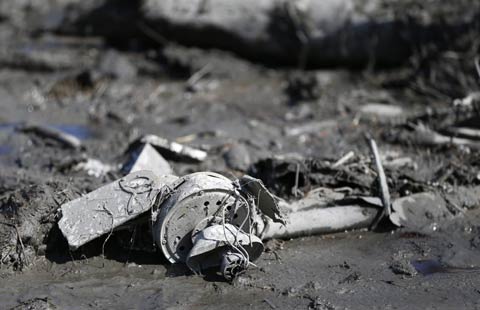
 3 dead, 18 missing after Washington landslide
3 dead, 18 missing after Washington landslide
Most Viewed
Editor's Picks

|

|

|

|

|

|
Today's Top News
Ukraine recalls troops in Crimea
Jet 'ended in ocean', China asks for all info
Xi calls for better ties with US
University 'bridges' US-China gap
Xi meets Obama in Netherlands
Huawei condemns NSA hacking
Obamas entourage wowed by China
Xi and Obama talk about jokes
US Weekly

|

|







